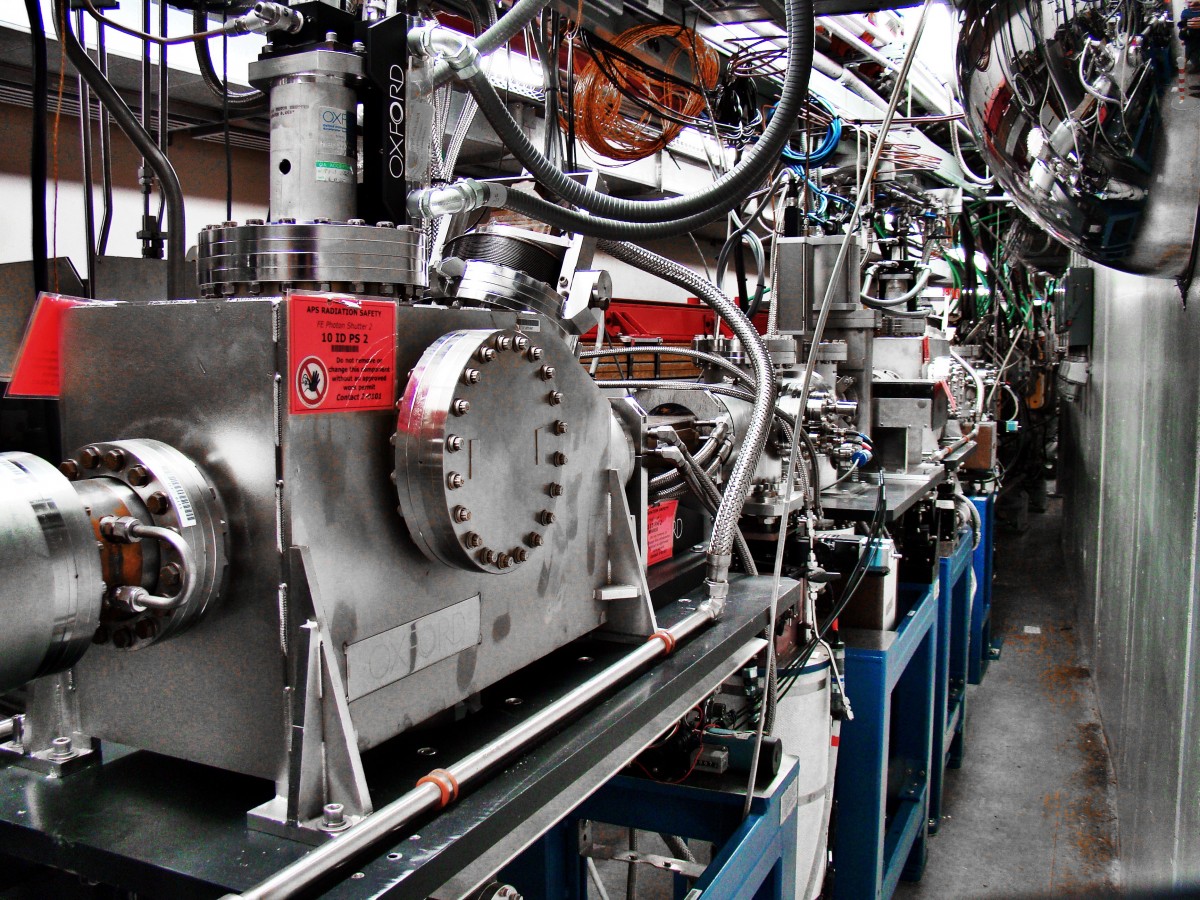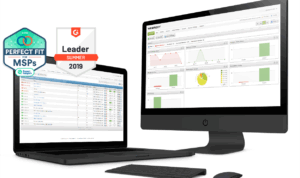Manufacturing inventory software is revolutionizing how businesses manage their stock, blending technology and processes to enhance efficiency and accuracy. In today’s fast-paced industrial landscape, having the right tools to track and optimize inventory levels is crucial for staying competitive. This software not only simplifies the tracking of materials but also integrates seamlessly with other production systems, providing a comprehensive solution for manufacturers.
As companies face increasing pressure to deliver quality products on time while minimizing costs, implementing effective inventory management systems is more important than ever. The right manufacturing inventory software can help organizations reduce waste, improve supply chain visibility, and ensure that they always have the right amount of stock on hand to meet customer demands.
In today’s fast-paced world, where information and technology are evolving at an unprecedented pace, the concept of continuous learning has gained tremendous importance. Continuous learning refers to the ongoing, voluntary, and self-motivated pursuit of knowledge for personal or professional development. It encompasses various forms of learning, including formal education, online courses, workshops, reading, and even informal interactions with peers. In this article, we will explore why continuous learning is essential, the avenues available for pursuing it, and how it can significantly benefit individuals and organizations.

Why Continuous Learning is Essential
Firstly, the rapid pace of technological advancement necessitates continuous learning. Industries such as technology, healthcare, and finance are constantly changing due to new regulations, innovations, and methods. For instance, professionals in the tech industry must stay updated on the latest programming languages, frameworks, and tools to remain relevant. Those who fail to adapt risk becoming obsolete in their roles. Therefore, continuous learning allows individuals to keep pace with industry standards and expectations.
Secondly, continuous learning enhances personal development. It encourages individuals to expand their knowledge base, develop new skills, and improve existing ones. This ongoing quest for knowledge fosters confidence and resilience, enabling individuals to tackle challenges and seize opportunities. Moreover, learning new skills can lead to personal fulfillment and satisfaction, as individuals engage in activities that stimulate their curiosity and passion.
Thirdly, continuous learning is crucial in a competitive job market. Employers today seek candidates who are not only qualified but also demonstrate a commitment to ongoing personal and professional development. A proactive approach to learning can set candidates apart from others, showcasing their adaptability and eagerness to grow. In many cases, individuals who actively pursue learning opportunities are more likely to be promoted and take on leadership roles within their organizations.
Avenues for Continuous Learning
With the rise of the internet and technology, there are countless avenues available for individuals to engage in continuous learning. Below are some of the most popular methods:
Online Courses and Webinars
Online learning platforms such as Coursera, Udemy, and LinkedIn Learning offer a plethora of courses on various subjects. These platforms often feature courses taught by industry experts and allow learners to study at their own pace. Webinars are another excellent way to gain knowledge and insights on specific topics, often presented by professionals in the field.
Workshops and Conferences
Participating in workshops and conferences provides a hands-on approach to learning. These events often feature interactive sessions where participants can engage with experts and network with peers. Workshops also allow individuals to apply new skills in real-time, enhancing their learning experience.
Reading and Research
Books, articles, and research papers are invaluable resources for continuous learning. Reading widely across various subjects can provide new perspectives and insights. Additionally, subscribing to industry-related newsletters or journals can keep individuals informed about the latest trends and developments.
Networking and Peer Learning
Engaging with peers and professionals in the same field can be a rich learning experience. Networking allows individuals to share experiences, discuss challenges, and exchange knowledge. Joining professional organizations or online forums can facilitate these interactions and provide opportunities for collaborative learning.

Benefits of Continuous Learning for Individuals
The benefits of continuous learning extend far beyond career advancement. Here are some significant advantages:
Enhanced Employability
As previously mentioned, continuous learning improves employability. By staying current with industry trends and acquiring new skills, individuals become more attractive candidates to potential employers.
Increased Job Satisfaction
Engaging in continuous learning can lead to greater job satisfaction. When individuals feel they are growing and developing, they are more likely to find fulfillment in their work. Learning new skills can also lead to new responsibilities and challenges, keeping job roles dynamic and interesting.
Boosted Confidence
Knowledge and skills gained through continuous learning significantly boost an individual’s confidence. When people feel competent in their abilities, they are more likely to take initiative and embrace new challenges, leading to personal and professional growth.
Adaptability to Change
Continuous learners are often more adaptable to change. In today’s world, change is constant, and those who have a habit of learning are better equipped to handle new situations and challenges. This adaptability is a valuable asset in any career.
Benefits of Continuous Learning for Organizations
Organizations also stand to benefit significantly from fostering a culture of continuous learning among their employees. Here are some key advantages:
Improved Performance
Employees who engage in continuous learning often exhibit improved performance. By acquiring new skills and knowledge, they can enhance their productivity and efficiency, leading to better outcomes for the organization.
Employee Retention
Organizations that invest in employee development tend to have higher retention rates. Employees are more likely to stay with a company that values their growth and provides opportunities for learning. This not only saves the organization time and resources in recruitment but also fosters a more experienced and skilled workforce.
Innovation and Creativity
A culture of continuous learning encourages innovation and creativity within organizations. When employees are exposed to new ideas and knowledge, they are more likely to think outside the box and come up with innovative solutions to problems.
Stronger Team Dynamics
Encouraging continuous learning often leads to stronger team dynamics. When employees collaborate in learning initiatives, they build relationships and trust, enhancing teamwork and communication within the organization.
Conclusion
In conclusion, continuous learning is an essential practice in today’s rapidly changing world. It empowers individuals to enhance their skills, adapt to change, and remain relevant in their careers. Furthermore, organizations that cultivate a culture of learning reap numerous benefits, including improved performance, employee retention, and innovation. As we navigate the complexities of the modern workplace, embracing continuous learning is not just an option; it is a necessity.
By committing to lifelong learning, we can ensure that we are well-prepared for whatever the future holds.
Essential FAQs
What is manufacturing inventory software?
Manufacturing inventory software is a tool that helps businesses track, manage, and optimize their inventory levels, integrating with other systems for efficient production management.
How does manufacturing inventory software improve efficiency?
It streamlines inventory processes, reduces human error, enhances forecasting, and allows for real-time tracking of supply levels, thus improving overall operational efficiency.
Can manufacturing inventory software integrate with existing systems?
Yes, most manufacturing inventory software solutions are designed to integrate with existing ERP and production systems, providing a cohesive management approach.
What are common features of manufacturing inventory software?

Common features include real-time inventory tracking, order management, forecasting tools, reporting capabilities, and supplier management functionalities.
Is training required to use manufacturing inventory software?
Yes, while many solutions are user-friendly, training is typically recommended to ensure that staff can maximize the software’s capabilities effectively.
















